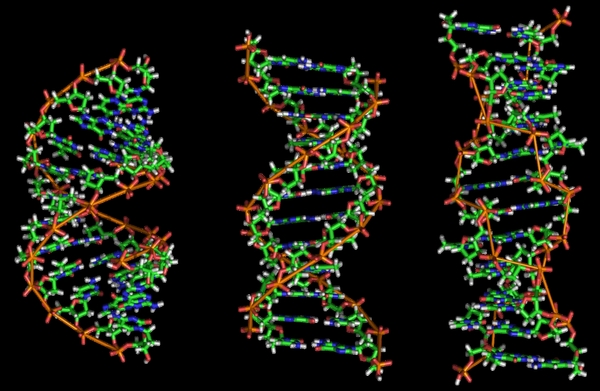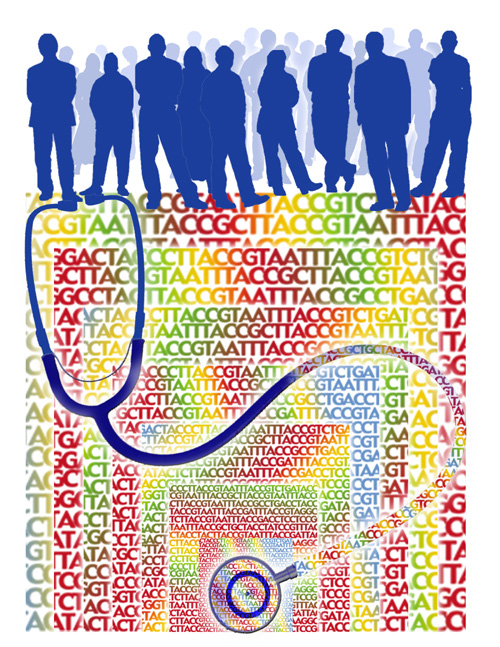Advertisement
Harvest Of '1,000 Genomes' Begins

A decade after all the hype and hoopla surrounding the launch of the Human Genome Project, it's fashionable these days to be somewhat disappointed by genomics. (Am tempted here to make a comparison with Obama supporters, but let's leave politics out of it.)
The New York Times headline was "A Decade Later, Genetic Map Yields Few New Cures" and in Scientific American this month it's "Revolution Postponed: Why The Human Genome Project Has Been Disappointing." Even those fun little personal genomics companies like 23andMe, run by the wife of a Google founder, are having trouble attracting customers, the Times reports.
But at the same time, many scientists say that the genome project has transformed biology forever. And the fact is that every week sees new reports of cool new gene findings -- Ozzy Osbourne's genome reveals Neandertal lineage!! -- even if they don't lead quickly and easily to cures. Take, for example, today's news out of the Broad Institute, the genomics powerhouse in Cambridge.
It reports that the "1,000 Genomes Project," a hugely collaborative international project budgeted at $120 million, has just published in the journal Nature the most comprehensive map yet of how genes vary from person to person. The map — actually based on just several hundred peoples' genes so far, but soon to include 2,500 — is "estimated to contain approximately 95 percent of the genetic variation of any person on Earth," the Broad says.
The improved map produced some surprises. For example, the researchers discovered that on average, each person carries between 250 and 300 genetic changes that would cause a gene to stop working normally, and that each person also carried between 50 and 100 genetic variations that had previously been associated with an inherited disease.
No human carries a perfect set of genes. Fortunately, because each person carries at least two copies of every gene, individuals likely remain healthy, even while carrying these defective genes, if the second copy works normally.
In addition to looking at variants that are shared between many people, the researchers also investigated in detail the genomes of six people: two mother-father-daughter nuclear families. By finding new variants present in the daughter but not the parents, the team was able to observe the precise rate of mutations in humans, showing that each person has approximately 60 new mutations that are not in either parent.

On the Broad's blog, Nicole Davis explains nicely:
Launched in 2008, the consortium, spanning multiple scientific disciplines, organizations, and countries, set out to create the most detailed picture yet of human genetic variation. That picture includes the rare stuff — variants present at a frequency as low as 1% — as well as all forms of genetic variation in humans — SNPs, small insertions and deletions (called “indels”), as well as large changes in the structure and number of chromosomes (called “copy number variations” or CNVs).
Today the consortium publishes the first fruits of its efforts, including the results of its initial work to determine the most efficient and effective ways to make use of next-gen technologies. (Despite the rapid progress, it’s still quite expensive to fully decode thousands of people’s genomes.) Flowing from these pilot studies, the researchers have already compiled the most detailed map yet of human genetic variation — estimated to contain more than 95% of the genetic variation of any person on Earth.
This program aired on October 27, 2010. The audio for this program is not available.
